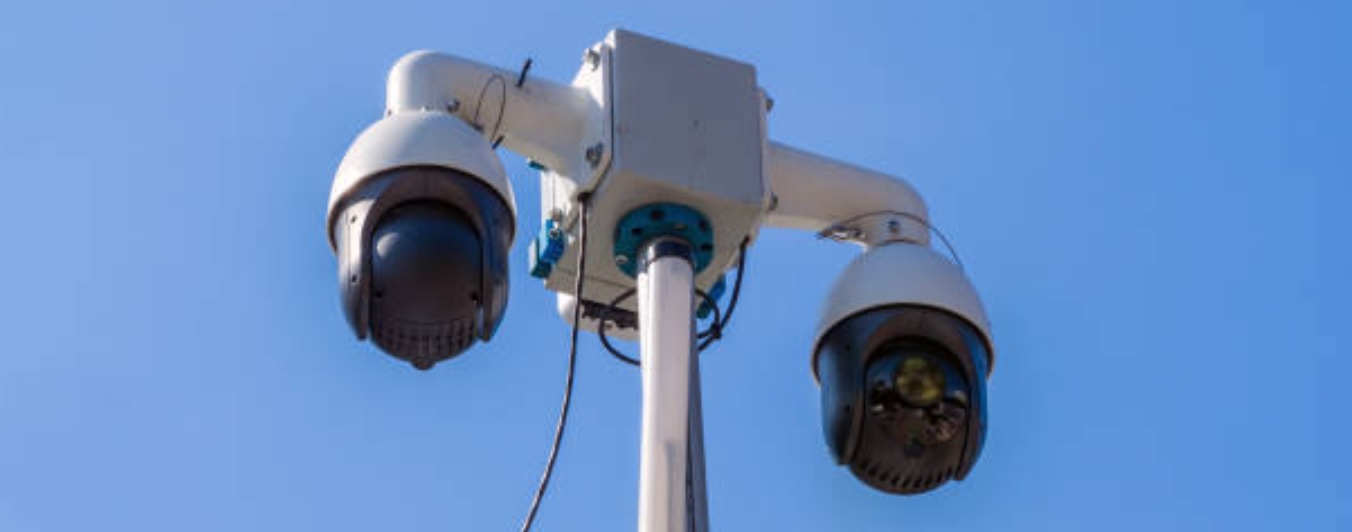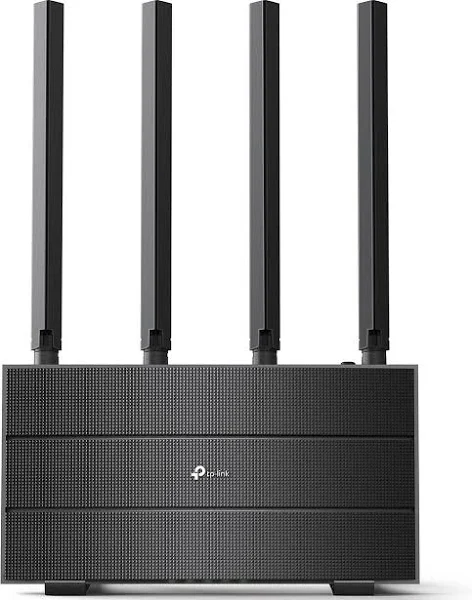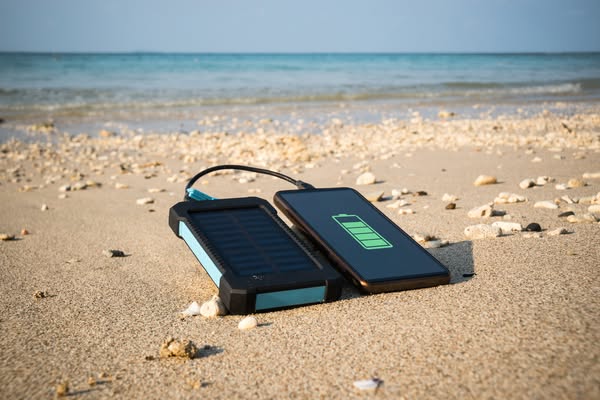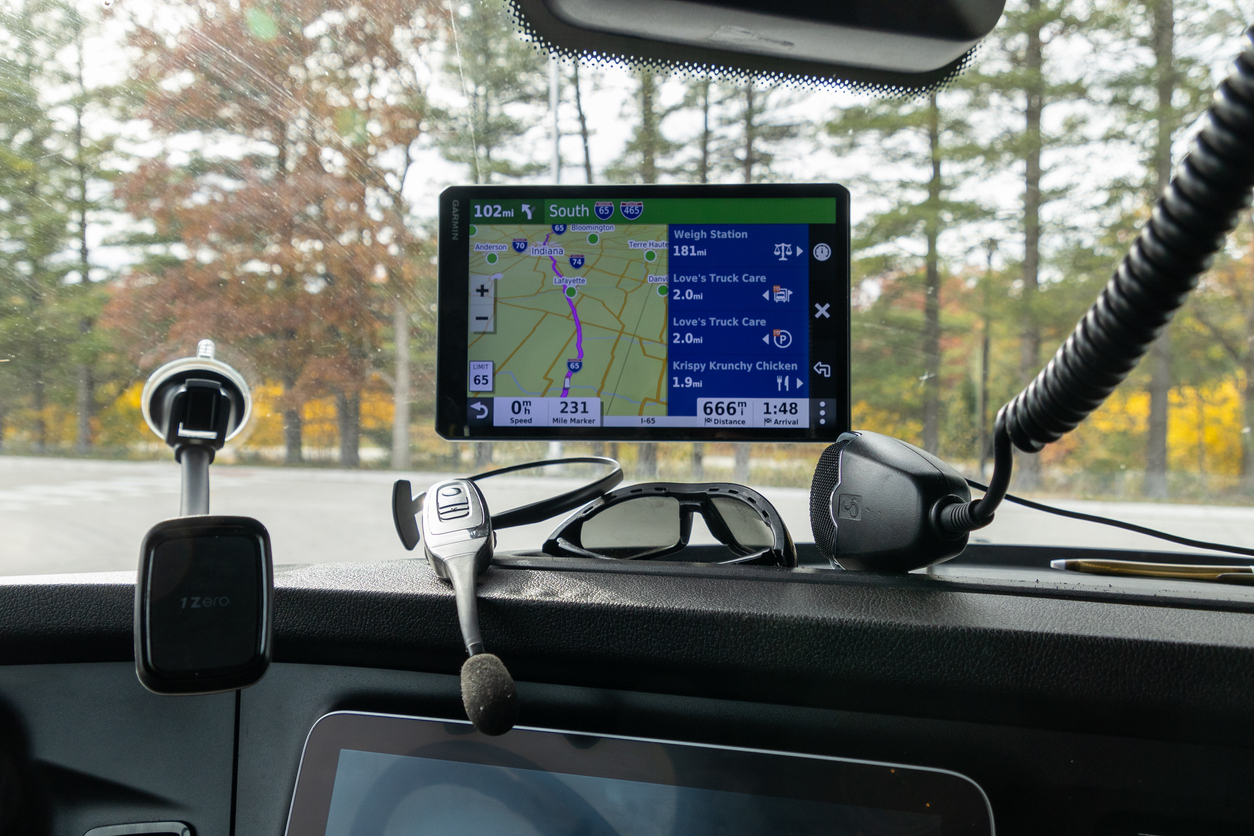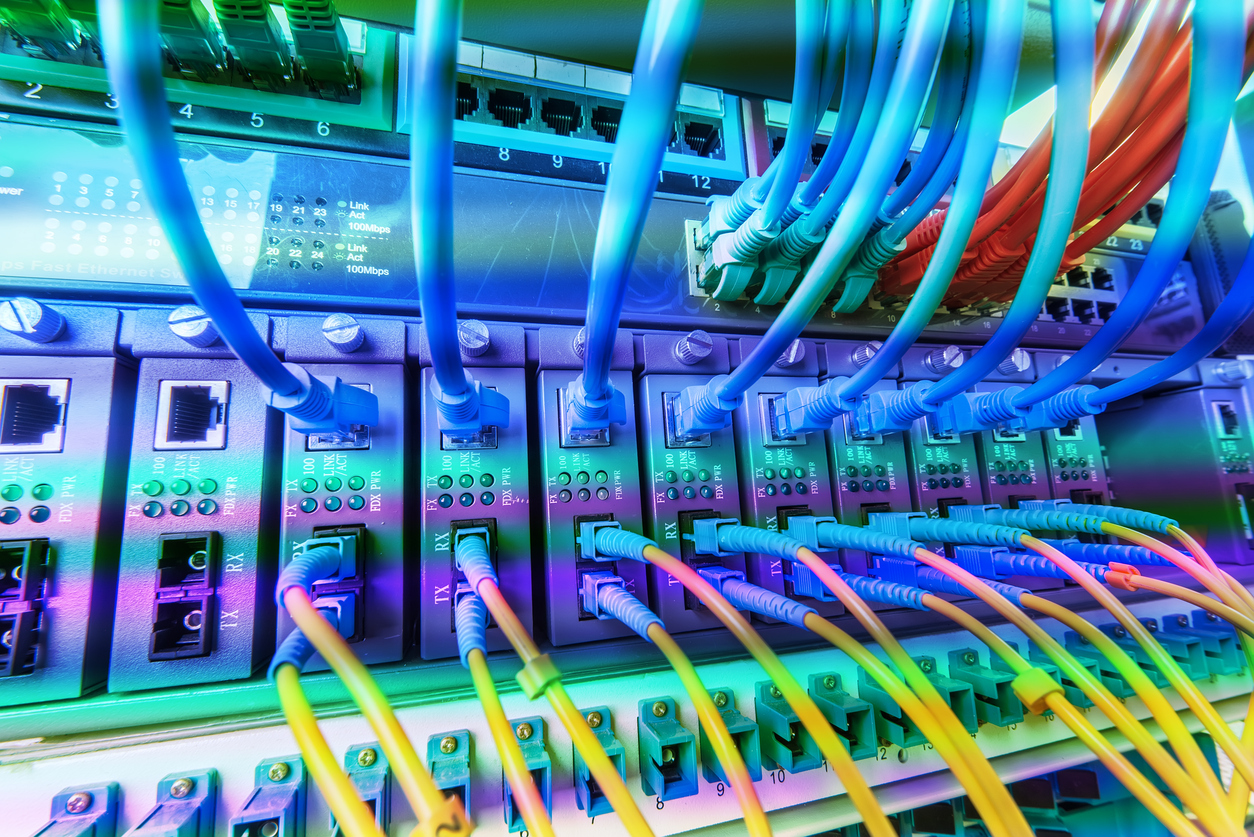June 18, 2025
Networking & Accessories
Best EV Charging at Home: A Complete Guide to Cost, Setup & Benefits
Electric vehicles are becoming more popular every year. They are quiet, clean, and good for the environment. One of the best things about owning an electric car is that you can charge it at home. But many people do not know how EV charging at home works.
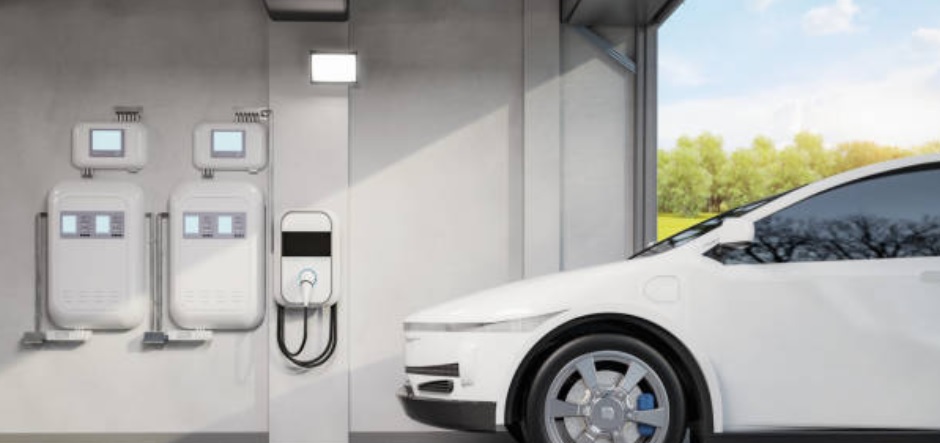
If you are thinking of buying an electric car or already have one, this guide will help you understand how to charge your EV at home. We will talk about the different charging levels, the types of connectors, the cost to install a home EV charger, and what is best for your daily use.
As the shift toward electric vehicles (EVs) accelerates, more homeowners are exploring the benefits of EV charging at home. Whether you’re a new EV owner or planning to upgrade your current setup, installing a home EV charger is one of the smartest decisions you can make. This guide explains everything you need to know—from EV charging levels and costs to install, to choosing the best level 2 EV charger and understanding Wi-Fi connectivity and safety ratings.
What is EV Charging at Home?
EV charging at home allows you to power your electric vehicle conveniently in your garage or driveway. Instead of relying solely on public charging stations, which can be time-consuming or expensive, a home electric car charger gives you the flexibility to charge overnight and start each day with a full battery.
EV Charging Levels: Level 1, Level 2, and Level 3
EV chargers are categorized into three levels based on speed and power output:
Level 1 Charger
Power Source: Standard 120V outlet
Charge Time: Adds about 4–5 miles per hour
Best For: Occasional drivers or hybrid owners
Pros: No installation needed
Cons: Very slow; not ideal for long commutes
Level 2 Charger
- Power Source: 240V outlet (like a dryer)
- Charge Time: Adds 25–30 miles per hour
- Best For: Daily drivers and long-range EVs
- Pros: Fast charging, energy efficient
- Cons: Installation cost involved
Level 3 Charger (DC Fast Charging)
- Power Source: Industrial-grade connection
- Charge Time: Up to 80% in 30 minutes
- Best For: Commercial use, road trips
- Note: Not typically for home use
When it comes to home EV charging, Level 2 chargers are the most recommended. They offer the best balance of speed, efficiency, and cost-effectiveness.
Output and Connector Types
When choosing a home EV charger, two factors you’ll encounter are output (power rating) and connector compatibility.
Output Power
- Common ratings: 16 amps, 32 amps, 40 amps, and 48 amps
- Higher amperage = faster charging
- Match your vehicle’s onboard charger to avoid overpaying for speed you can’t use
Connector Types
- Type 1 (J1772): Most common in North America
- Type 2 (Mennekes): Used in Europe, gaining traction in some U.S. brands
- Tesla Connector: Proprietary, but Tesla owners can use adapters
Choose a charger compatible with your vehicle. Many smart EV chargers today support universal connectors or offer interchangeable heads.
Cost to Install a Home EV Charger
The cost to install an EV charger at home varies based on several factors:
| Component | Estimated Cost (USD) |
|---|---|
| Level 2 EV Charger Unit | $300 – $900 |
| Installation by Electrician | $400 – $1,200 |
| Permit & Inspection Fees | $100 – $300 |
| Optional Panel Upgrade | $500 – $2,000 (if needed) |
Things to Consider Before Buying
Before choosing the best EV charger for home, keep these in mind:
1. Household Circuit Output: Ensure your circuit can support the charger's amperage. A 40-amp EVSE charger requires a 50-amp breaker. You may need an electrician to assess your panel.
2. Charge Rate: A fastest home EV charger can charge your EV overnight, but overkill can be wasteful if your vehicle only supports 7.2kW.
3. Wi-Fi Connectivity: Smart EV chargers offer remote monitoring, scheduling, usage data, and app integration. This feature is great for managing energy consumption efficiently.
4. Variants and Features:
- Portable vs. Wall-Mounted: Portables are flexible, but wall units are secure
- Cable Length: 20 feet or more is ideal for accessibility
- Plug-in vs. Hardwired: Plug-ins are easier to relocate; hardwired are permanent and weather-sealed
5. Outdoor Rating: Look for NEMA 3R or NEMA 4 ratings to ensure your charger can handle rain, snow, and heat if installed outdoors.
How We Tested EV Chargers
Our evaluation focused on:
- Ease of installation
- Charging speed and consistency
- Build quality and weatherproofing
- Smart features and app usability
- Warranty and customer support
Top-rated products like the best level 2 EV charger for home consistently scored high in performance, durability, and customer satisfaction.
Why Trust Us
We are committed to helping consumers make well-informed, safe, and value-driven decisions. Our product reviews are based on:
- Real-world testing
- User reviews across major platforms
- Expert electrical and automotive advice
- Industry standards and compliance checks
We also continuously update our rankings to reflect the newest releases and software updates.
Best EV Chargers for Home Use (Top Picks)
1. ChargePoint Home Flex
- Amps: Up to 50
- Wi-Fi: Yes
- Portable: No
- Best For: Smart charging, reliable brand
2. Grizzl-E Classic
- Amps: 40
- Outdoor Rated: Yes (NEMA 4)
- Best For: Budget-friendly, rugged build
3. JuiceBox 40 Smart Charger
- Wi-Fi: Yes
- Energy Monitoring: Yes
- Best For: Eco-conscious users and app control
4. Tesla Wall Connector
- Best For: Tesla owners
- Power Sharing: Yes
- Design: Sleek and integrated
5. Emporia Level 2 Charger
- Amps: 48
- Smart App: Yes
- Value: Excellent features at low cost
Each of these models represents the best home EV chargers currently on the market, offering different strengths depending on your priorities—speed, smart features, durability, or cost.
FAQs: Home EV Charging Station
Q1. Can I install an EV charger myself?
Some plug-in level 2 chargersare DIY-friendly, but hardwired units require a licensed electrician.
Some plug-in level 2 chargersare DIY-friendly, but hardwired units require a licensed electrician.
Q2. Will my electric bill go up?
Yes, but home charging is still cheaper than gas. You can schedule charging during off-peak hours with smart EV chargers to save more.
Yes, but home charging is still cheaper than gas. You can schedule charging during off-peak hours with smart EV chargers to save more.
Q3. Do I need Wi-Fi to use a home EV charger?
Not necessarily, but it’s helpful. Wi-Fi enabled EV chargers provide remote control and energy usage tracking.
Not necessarily, but it’s helpful. Wi-Fi enabled EV chargers provide remote control and energy usage tracking.
Q4. Are there rebates or incentives?
Yes. Many utility companies and state programs offer rebates for EVSE chargers, installation, and even permits.
Yes. Many utility companies and state programs offer rebates for EVSE chargers, installation, and even permits.
Q5. How long does it take to fully charge an EV at home?
With a Level 2 charger, most EVs charge fully overnight—typically in 6–10 hours depending on battery size.
With a Level 2 charger, most EVs charge fully overnight—typically in 6–10 hours depending on battery size.
Conclusion: Choosing the Best Home EV Charger
Investing in the best EV charger for home transforms the EV ownership experience. You gain the freedom to charge on your schedule, avoid long waits at public stations, and save on fuel costs. Whether you're looking for a smart EV charger, a portable level 2 charger, or a residential EV charging station, your ideal charger will depend on your driving habits, electric panel capacity, and budget. Take your time to compare features, check compatibility with your car, and choose a charger that delivers on performance, safety, and ease of use. With the right setup, EV charging at home becomes seamless and rewarding.
Related Blogs

